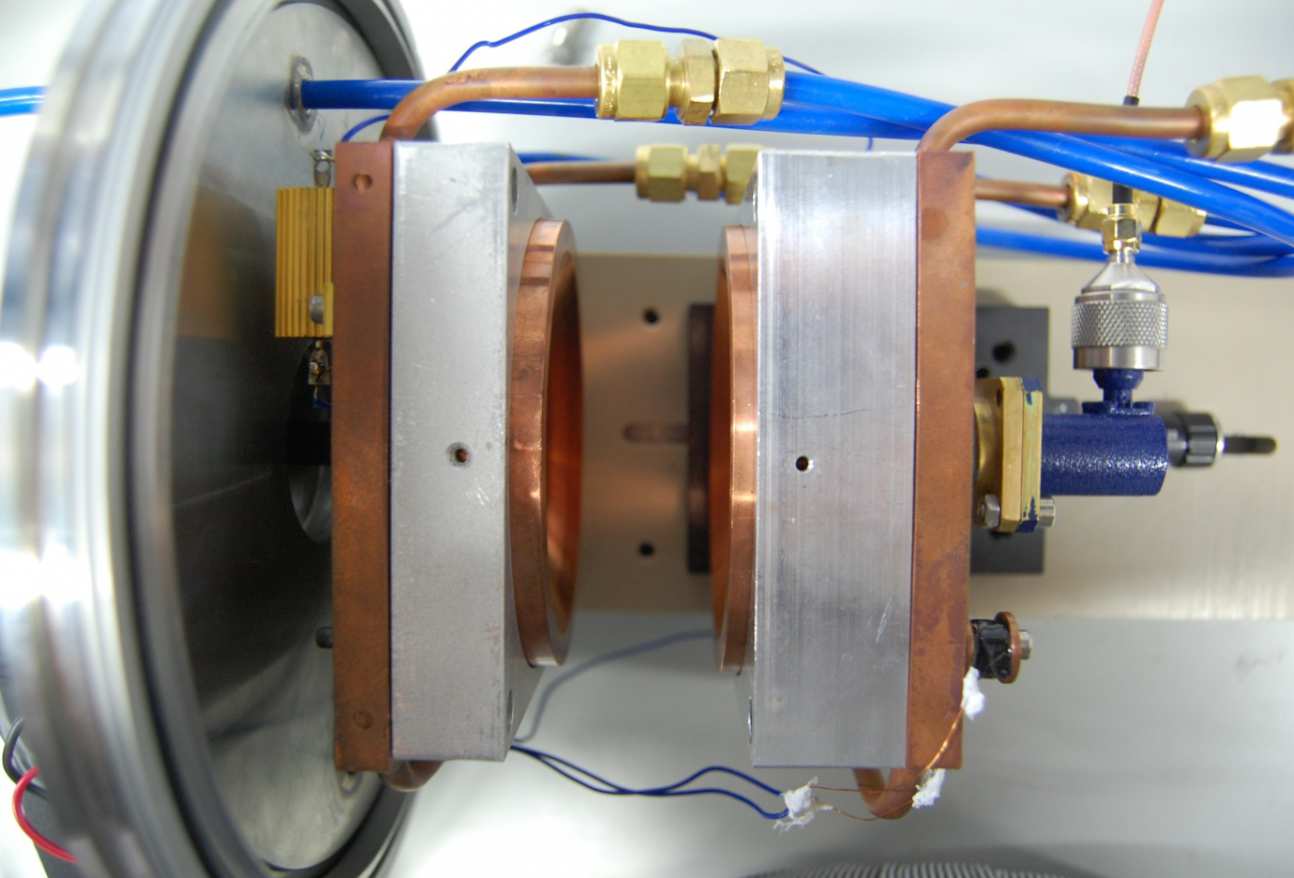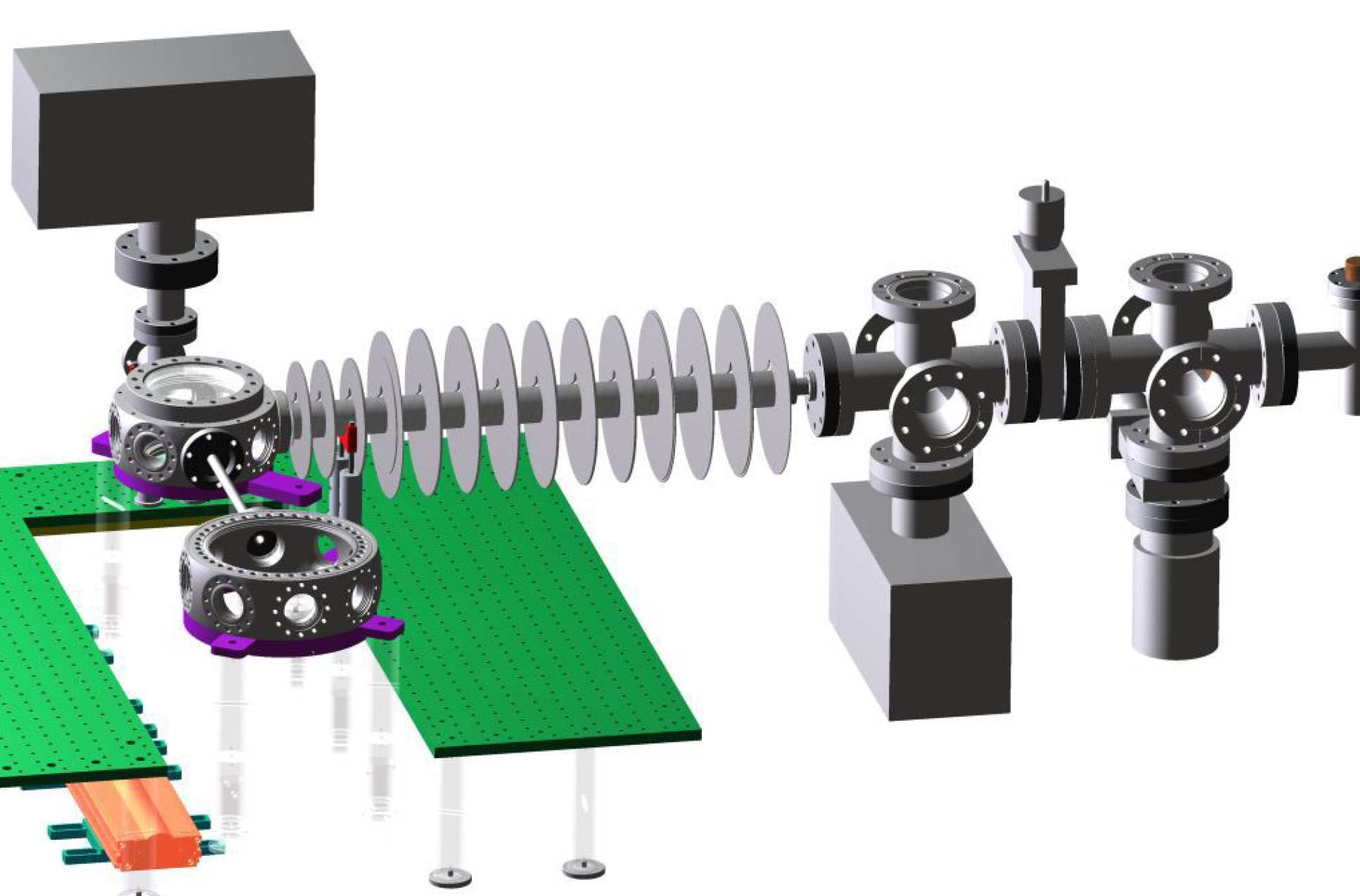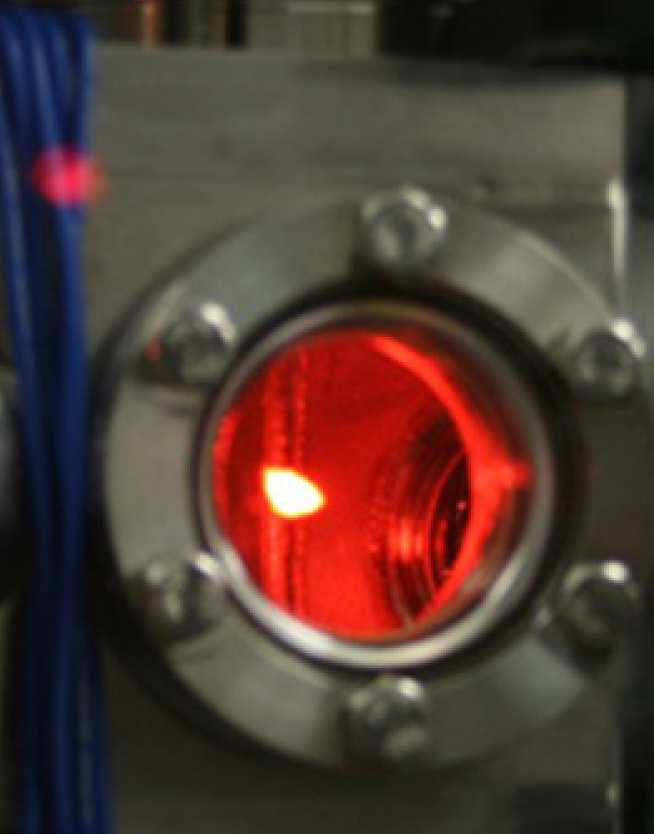 Polar molecules can be trapped using static electric fields, and magnetic molecules can be trapped with static magnetic fields. However, these static traps can only hold molecules that are attracted to regions where the field is a minimum. Unfortunately, all ground-state molecules do the opposite - they are attracted to regions of strong electric or magnetic field. Trapping in the ground state is important for sympathetic cooling becuase otherwise collisions with the ultracold atoms can change the state of the molecule, heating them up and ejecting them from the trap.
Polar molecules can be trapped using static electric fields, and magnetic molecules can be trapped with static magnetic fields. However, these static traps can only hold molecules that are attracted to regions where the field is a minimum. Unfortunately, all ground-state molecules do the opposite - they are attracted to regions of strong electric or magnetic field. Trapping in the ground state is important for sympathetic cooling becuase otherwise collisions with the ultracold atoms can change the state of the molecule, heating them up and ejecting them from the trap.
Ground state molecules can be trapped by electromagnetic fields. We are developing a microwave trap where the molecules will be confined to the high intensity region of the microwave field inside a resonator. The resonator is built from two spherical copper mirrors, as shown in this photo. A high power microwave field is fed into the cavity from a waveguide.

 Polar molecules can be trapped using static electric fields, and magnetic molecules can be trapped with static magnetic fields. However, these static traps can only hold molecules that are attracted to regions where the field is a minimum. Unfortunately, all ground-state molecules do the opposite - they are attracted to regions of strong electric or magnetic field. Trapping in the ground state is important for sympathetic cooling becuase otherwise collisions with the ultracold atoms can change the state of the molecule, heating them up and ejecting them from the trap.
Polar molecules can be trapped using static electric fields, and magnetic molecules can be trapped with static magnetic fields. However, these static traps can only hold molecules that are attracted to regions where the field is a minimum. Unfortunately, all ground-state molecules do the opposite - they are attracted to regions of strong electric or magnetic field. Trapping in the ground state is important for sympathetic cooling becuase otherwise collisions with the ultracold atoms can change the state of the molecule, heating them up and ejecting them from the trap.